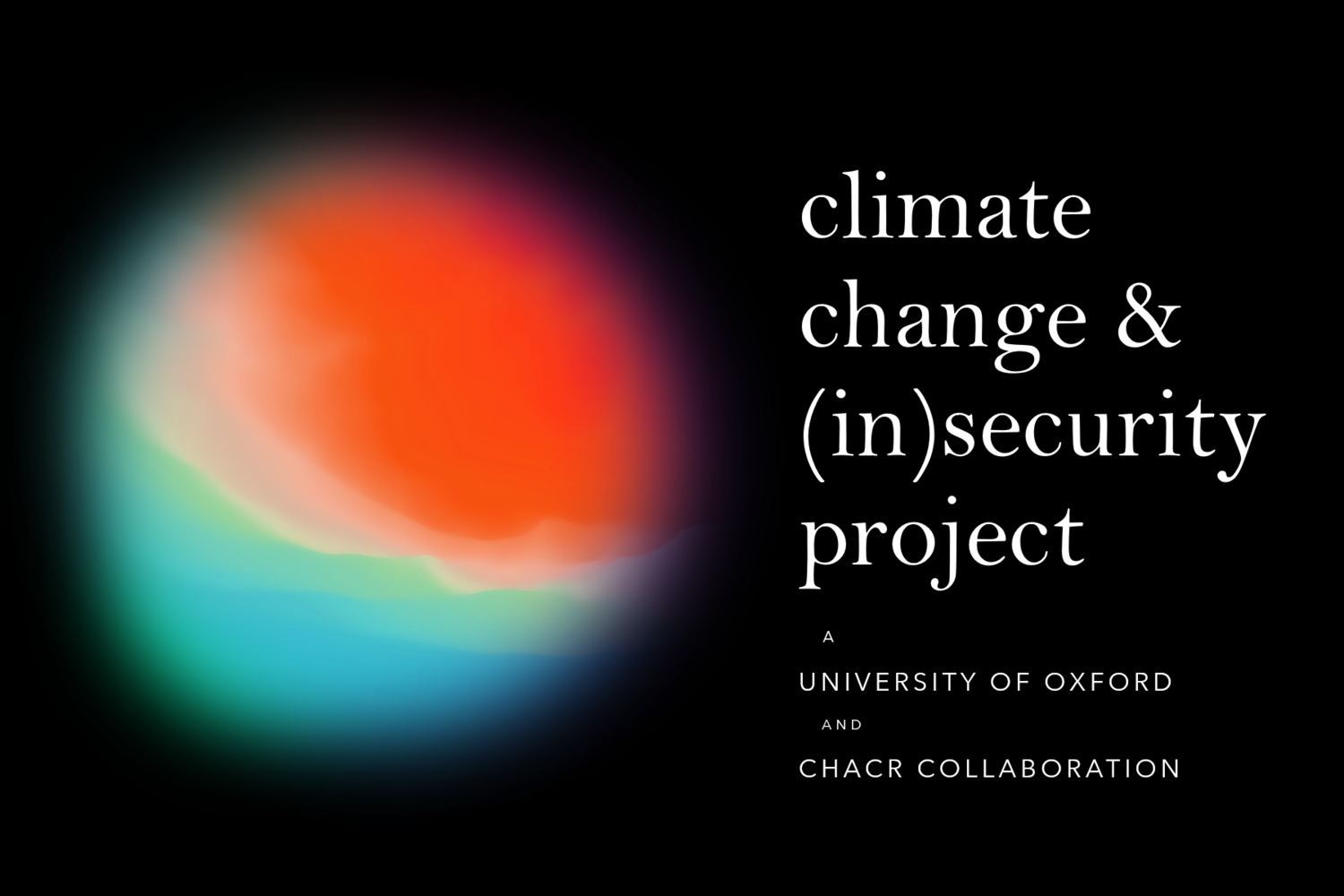Climate change mitigation in theArmed Forces: greenhouse gas emission reduction challenges and opportunities for Green Defense
Report from NATO Energy Security Centre of Excellence:
“Key findings and recommendations
In order to become carbon neutral it is necessary to accurately measure carbon footprint and create a baseline against which future changes can be measured. The assessment needs to establish a baseline from which to measure the reductions that is planned to make. The first step in- volves establishing the starting point and the destination so that govern- ments can set and track sustainability targets. Setting intermediate short -term steps – for instance those for 2025 or 2035 – also helps to build clarity on the pathway to net-zero emissions.
Most defence departments follow regular planning cycles, such as those outlined in the U.S. Department of Defence’s National Defence Strate- gy (2022)2 or the UK Ministry of Defence’s Integrated Review (2021)3. The planning cycles could help countries identify the need for capability upgrades that will assist their operations in tougher future environ- ments. These cycles could also be used as an opportunity to identify de- carbonization opportunities.
Militaries across the globe must be held accountable. Although national net-zero pledges have helped to focus attention in some countries, in- ternational standards and obligations must be agreed. The United Nations Framework Convention on Climate Change (UNFCCC) is the most appropriate forum and must strengthen and reform its reporting protocols to include militaries. Reporting and reducing military emis- sions must be transparent, time-bound and measurable.
Militaries must improve their capacity to calculate, manage and reduce emissions, and train personnel to do so. Researchers should work with the armed forces to exchange knowledge and best practices from the civilian sector; help to develop protocols for military-specific emissions, and use and procure low-carbon equipment.”
Full report here.
